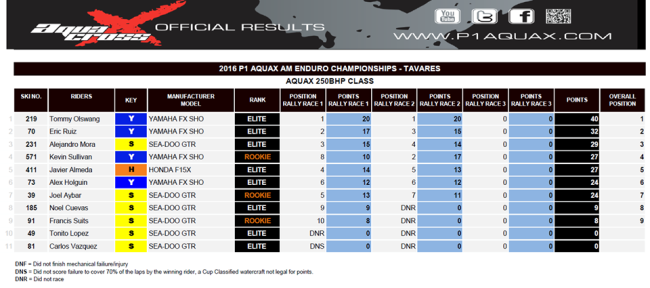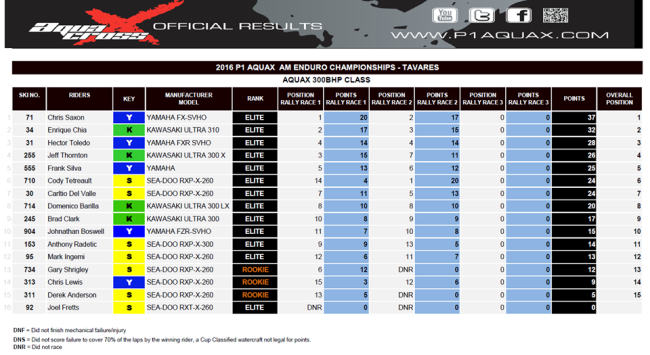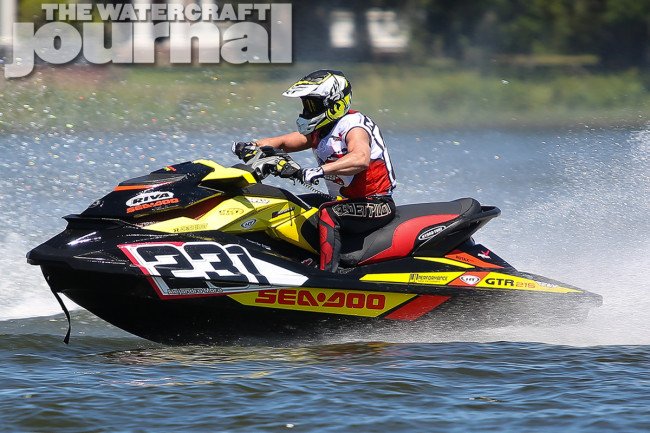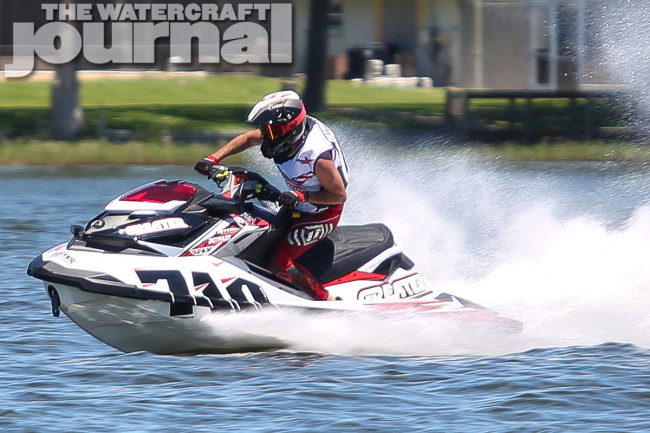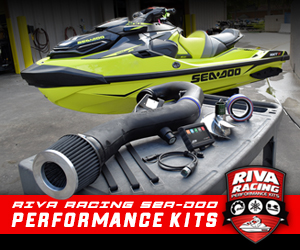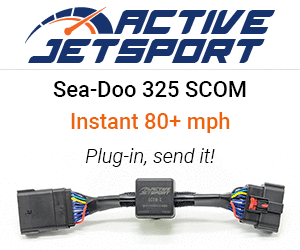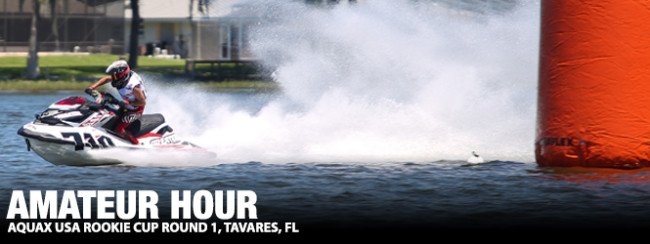
It’s amazing how quickly things can change. Two years ago, the new-to-the-States P1 AquaX personal watercraft racing series lured greenhorn and seasoned veteran pros with $50 entry fees, promises of top tier media coverage and “box stock” level competition.
From then to now, AquaX has experienced some necessary growing pains including tripling the entry fee to $150, heavily amending the rules to cater to the new class arrangement, and even picked up for the non-existent IJSBA National Tour, expanding outside of its once Florida-only reach.
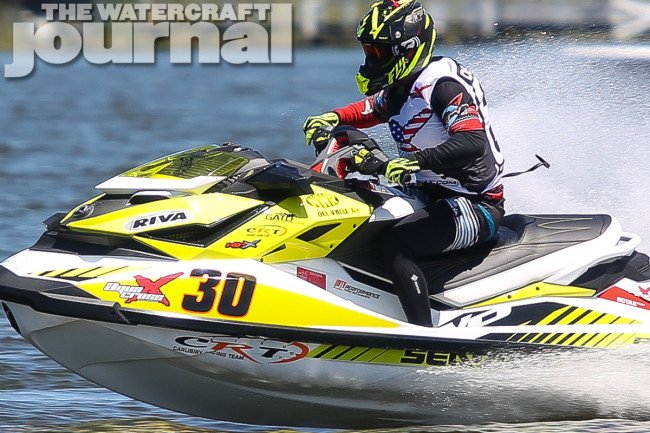
For the first round of 2016’s AquaX Rookie Cup series, 34 racers were greeted with noticeably less fanfare than most were accustomed to. Media coverage was effectively absent (apart from this admittedly slapdash report – Ed.), gone were the photographers and camera crews, or the once promised television coverage – clearly being reserved for the “pro show” set to begin in Daytona Beach this weekend.
Racers though were put through a stringent technical inspection that felt to many as being more a demonstration of seriousness than anything else. “I think they were trying to set a precedent,” Brad Clark told The Watercraft Journal. “We were supposed to get out of there by 4pm, but they took until 8 that evening.”
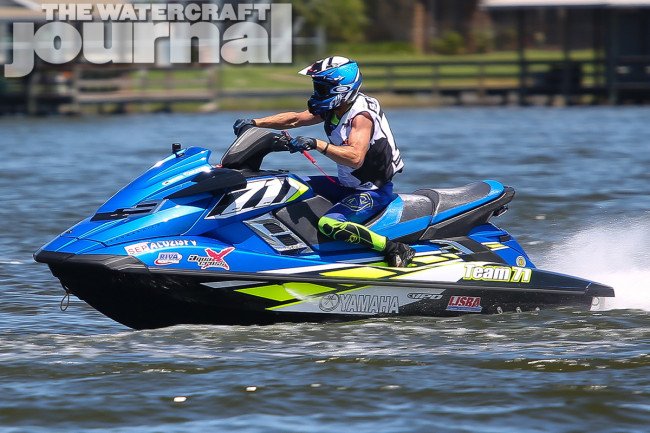
Because of the added rules applied to the Amateur class, only the slightest of handling modifications could be made to the craft ensuring that top speeds didn’t exceed 70 miles per hour. This of course, didn’t dissuade some from trying to push those preset boundaries; “There were a few DQ’s,” Clark continued. “They [AquaX] were really good about tracking the speeds.”
Some racers noted that although AquaX’s use of transponders were effective in monitoring the racers’ speeds, tracking the laps and racers’ positions were still done by sight, which several participants contested the final scoring for the weekend, with one anonymous racer stating, “The scoring was off.”
Nevertheless, the field was rife with new and returning athletes ready to prove themselves and their craft. In the first two tiers (200 and 250 Classes), two of the podiums’ top spots belonged to Yamaha each followed by a lone Sea-Doo.
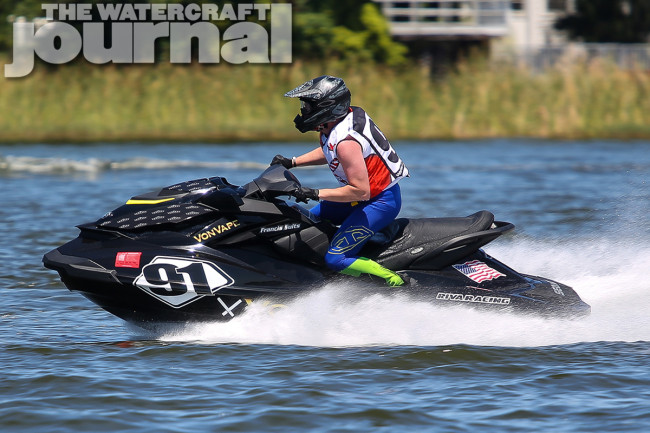
For the 300 Class, the Top 5 finishers were a blend of SVHO-powered Yamahas and supercharged Kawasakis, surprising many who bandied the theory that Sea-Doo’s new 300-horsepower machines would sweep the podiums. Daniel Steele, Tommy Olswang and Chris Saxon came home the points leaders in their respective classes, all of whom represented Yamaha.
Brad Clark concluded, “It was a very professionally-ran series as always,” praising the thoroughness of the tech crew and event organizers, and even praising the few professional racers who came out to watch: “It was nice to see the pros out there, talking to the racers, cheering them on.”
All photography courtesy of Danielle Gavagni, from whom originals can be purchased.
